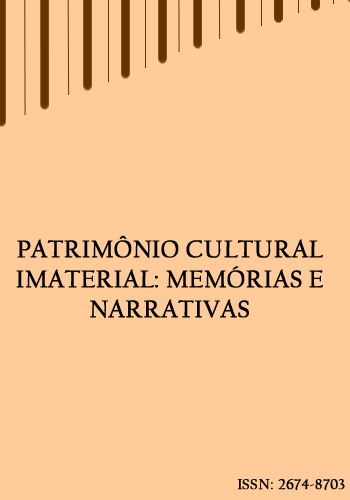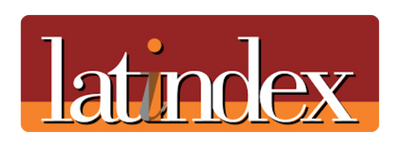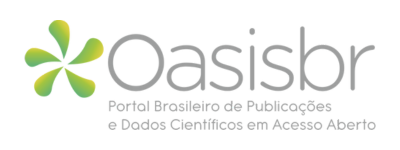"Long Ago, as Old Chronicles Tell"
Storytelling, Uses, and Re-Significations of Medieval Myths in History Teaching
Visualizações: 340Keywords:
History Teaching, The Canterbury Tales, StorytellingAbstract
This paper aims to outline the uses and possibilities of applying storytelling practices in the classroom as an active methodology that fosters the development of critical awareness among the participants in the educational environment. Storytelling allows for broad applications, making it possible to devise a planned method where narratives can continue long-term, exploring characters and settings that accompany students throughout their educational journey.
We conducted an experiment with students using a historical-cultural approach and literary analysis to discuss the allegories and representations found in Geoffrey Chaucer's The Canterbury Tales (14th century). The practical outcomes included students' acquisition of knowledge through a playful and engaging tool that promotes critical historical understanding of a time far removed from our present but still connects us through cultural representations embedded in our collective imagination, often shaped by a re-signified media “heritage” across various forms of cultural production.
By using literature as a source and the active methodology of storytelling, we provided students with a framework to encourage their awareness and creativity. This culminated in the production of a cultural "artifact" presented at the end of the semester during our Cultural Fair. This approach sought to challenge students to reinterpret and re-signify the recently acquired cultural content by creating a theatrical performance based on the medieval myths Chaucer depicted in his time.
Downloads
References
CHAUCER, Geoffrey. Os Contos de Canterbury. 1ª Ed. São Paulo: Ed. 34, 2014.
DUBY, Georges. A Sociedade Cavaleiresca. São Paulo: Martins Fontes, 1989.
________. As três Ordens ou Imaginário do Feudalismo. 2ª Ed. Lisboa: Editorial Estampa, 1994.
FLORI, Jean. A Cavalaria: a origem dos nobres guerreiros da Idade Média. SP: Madras, 2005.
HAUSER, Arnold. História Social da Arte e da Literatura. São Paulo: Martins Fontes, 1998.
LE GOFF, Jacques (Org.). A História Nova. 5ª Ed. SP: Martins Fontes, 2005.
________. O Homem Medieval. Lisboa: Editorial Presença, 1989.
________. O Imaginário Medieval. Lisboa: Editorial Estampa 1994.
LÉVY, Pierre. As Tecnologias da Inteligência: o futuro do pensamento na era da informática. Rio de Janeiro: Ed. 34, 1993.
MELO NETO, José A. de. Tecnologia educacional: formação de professores no labirinto de ciberespaço. Rio de Janeiro: MEMVAVMEM,2007.
MCSILL, James. Cinco lições de Storytelling: fatos, ficção e fantasia. São Paulo: DVS Editora, 2013.
LÉVY, Pierre. As Tecnologias da Inteligência: o futuro do pensamento na era da informática. Rio de Janeiro: Ed. 34, 1993.
XAVIER, Adilson. Storytelling: histórias que deixam marcas. 1.ed.Rio de Janeiro: BestSeller, 2015.
Downloads
Published
How to Cite
Issue
Section
License
Copyright (c) 2021 Revista de Estudos Interdisciplinares

This work is licensed under a Creative Commons Attribution 4.0 International License.
The Journal of Interdisciplinary Studies adopts the Creative Commons Attribution 4.0 International License (CC BY 4.0), which allows for sharing and adapting the work, including for commercial purposes, provided proper attribution is given and the original publication in this journal is acknowledged.













